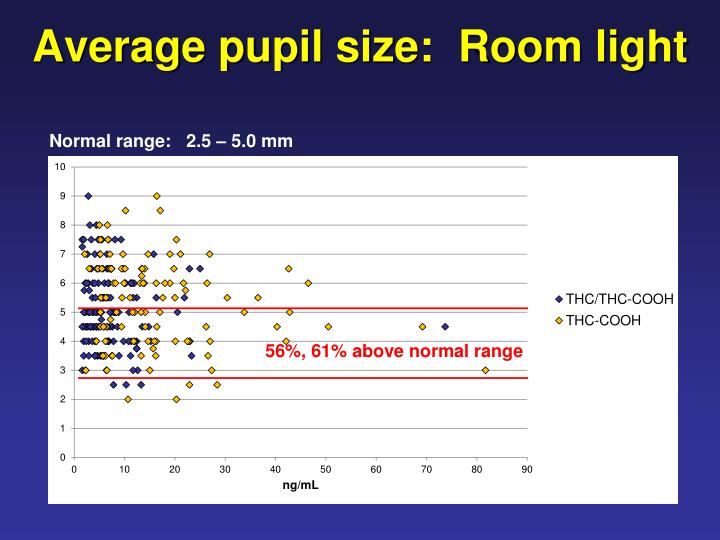

However, the clinical need of the assessment should also be considered against the need for the child to rest.

Privacy of the patient always needs to be considered.

Completed/Documented in the Primary Assessment flowsheet or progress/patient encounter note in EMR.

Primary assessment: Concise nursing assessment completed at the commencement of each shift, patient encounter or if patient condition changes at any other time.Link EMR for documentation of assessments.The guideline specifically seeks to provide nurses with: The aim of this guideline is to ensure all RCH (Royal Children Hospital) patients receive consistent and timely nursing assessments. The Nursing and Midwifery Board of Australia (NMBA) in the national competency standard four for registered nurses' highlights that nurses conduct a comprehensive and systematic nursingĪssessment in order to plan holistic and patient family centered nursing care and responds effectively to unexpected or rapidly changing situations. Any neurological deterioration must be reported promptly as support and intervention may be required.Assessment is a key component of nursing practice, required for planning and provision of patient and family centered care.
#PUPIL SIZE CHART TO SCALE PROFESSIONAL#
Professional knowledge, judgement and policy, will influence the frequency of this assessment, which can be as regular as every 15 minutes ( Derbyshire and Hill, 2018). The frequency of neurological observations will be informed by the condition of the patient and reviewed regularly by a registered practitioner ( NICE, 2017). Neurological observations should only be performed by appropriately competent staff and must be recorded accurately ( National Institute for Health and Care Excellence (NICE), 2017). If concerns are raised, assessment will include observations that indicate the function and status of an individual's nervous system. Generally, this relates to consciousness, which is the earliest and most sensitive indicator of change in neurological status ( Hickey, 2013). That is, issues related to neurological function, which in turn disable the individual in some manner. This is the ‘D’ for ‘disability’ in the ABCDE algorithm taught in professional health settings. Nurses completing a structured assessment will consider the neurological status of their patient.


 0 kommentar(er)
0 kommentar(er)
